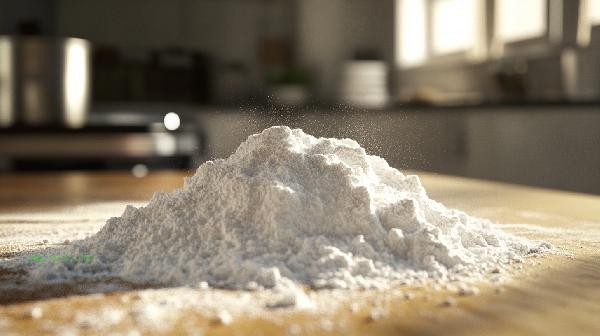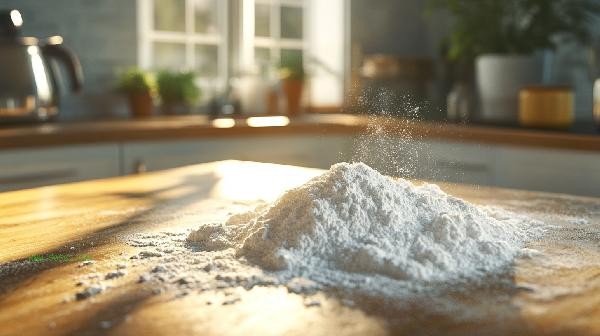The ratio of baking soda to flour is usually recommended to be controlled between 1:50 and 1:100, and the specific ratio needs to be adjusted according to the recipe requirements. Soda powder is mainly used to neutralize acidic components or help dough expand, excessive use may affect the taste and safety of food. Soda powder, as a leavening agent, reacts with acidic substances during baking to produce carbon dioxide, making the dough fluffy. In common formulas for medium and low gluten flour, adding 5-10 grams of baking soda for every 500 grams of flour can meet the demand. For example, when making Mantou or biscuits, 1 teaspoon of soda powder and 500 grams of flour can ensure moderate expansion and no bitter taste. It should be noted that if the formula contains acidic ingredients such as honey and yogurt, the amount of baking soda can be appropriately reduced to avoid excessive reaction.

Under special circumstances, such as making traditional soda bread or some Chinese Dim sum, the proportion may be increased to 1:30. This type of recipe often requires a stronger alkaline environment to alter the gluten structure, but the baking temperature and time need to be strictly controlled to prevent the finished product from turning yellow or producing odors. When using in high proportions, it is recommended to add in small amounts and observe the dough condition for adjustment.

When using baking soda, ensure that it is thoroughly mixed with dry materials to avoid excessive local concentration. If there is a noticeable alkaline odor or rough texture after baking, reduce the next usage amount. The difference in water absorption of different brands of flour may affect the final effect. It is recommended to adjust from a low proportion for the first attempt. When storing, keep the baking soda dry as moisture can reduce its activity. It is recommended to use it within six months after opening to ensure effectiveness.









Comments (0)
Leave a Comment
No comments yet
Be the first to share your thoughts!